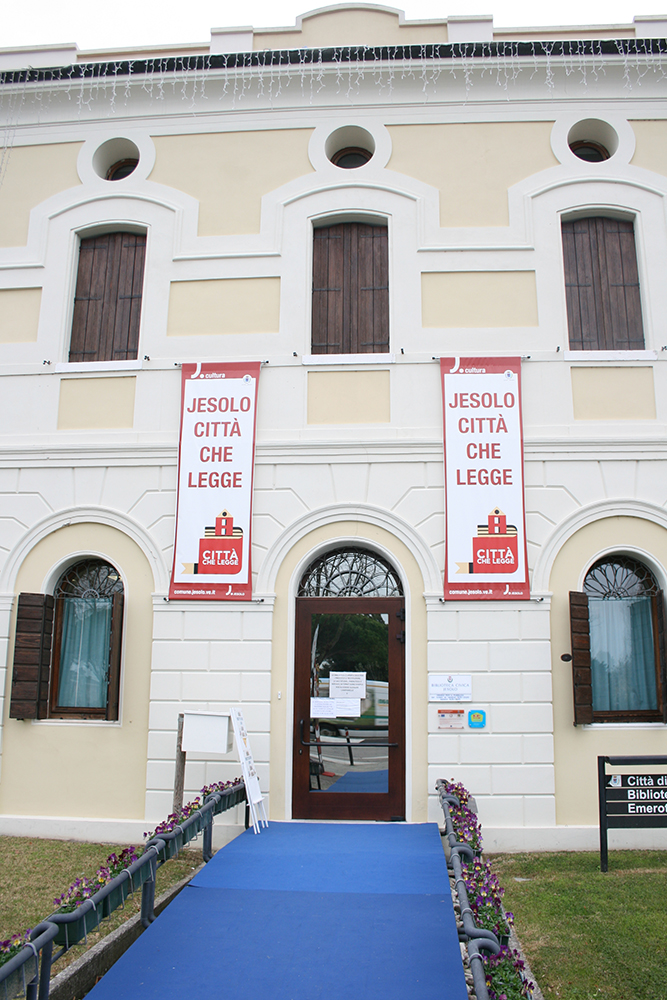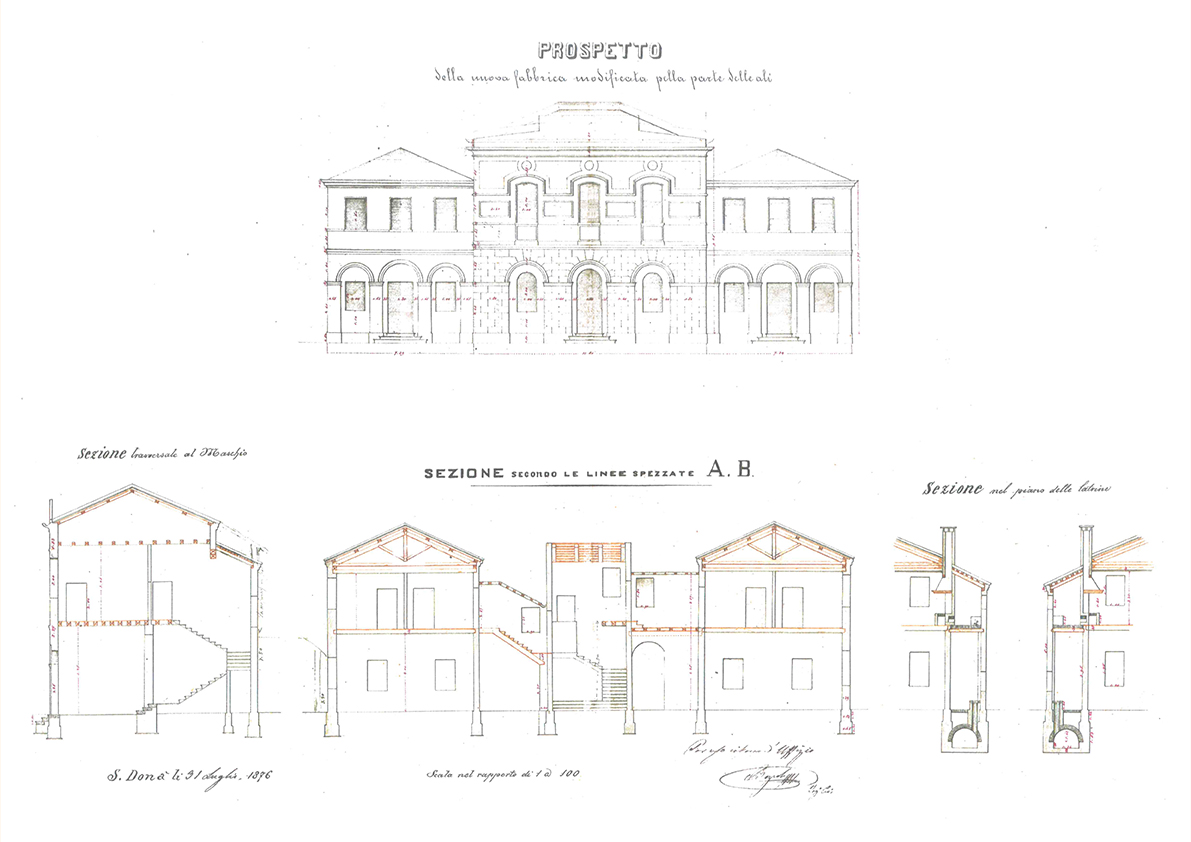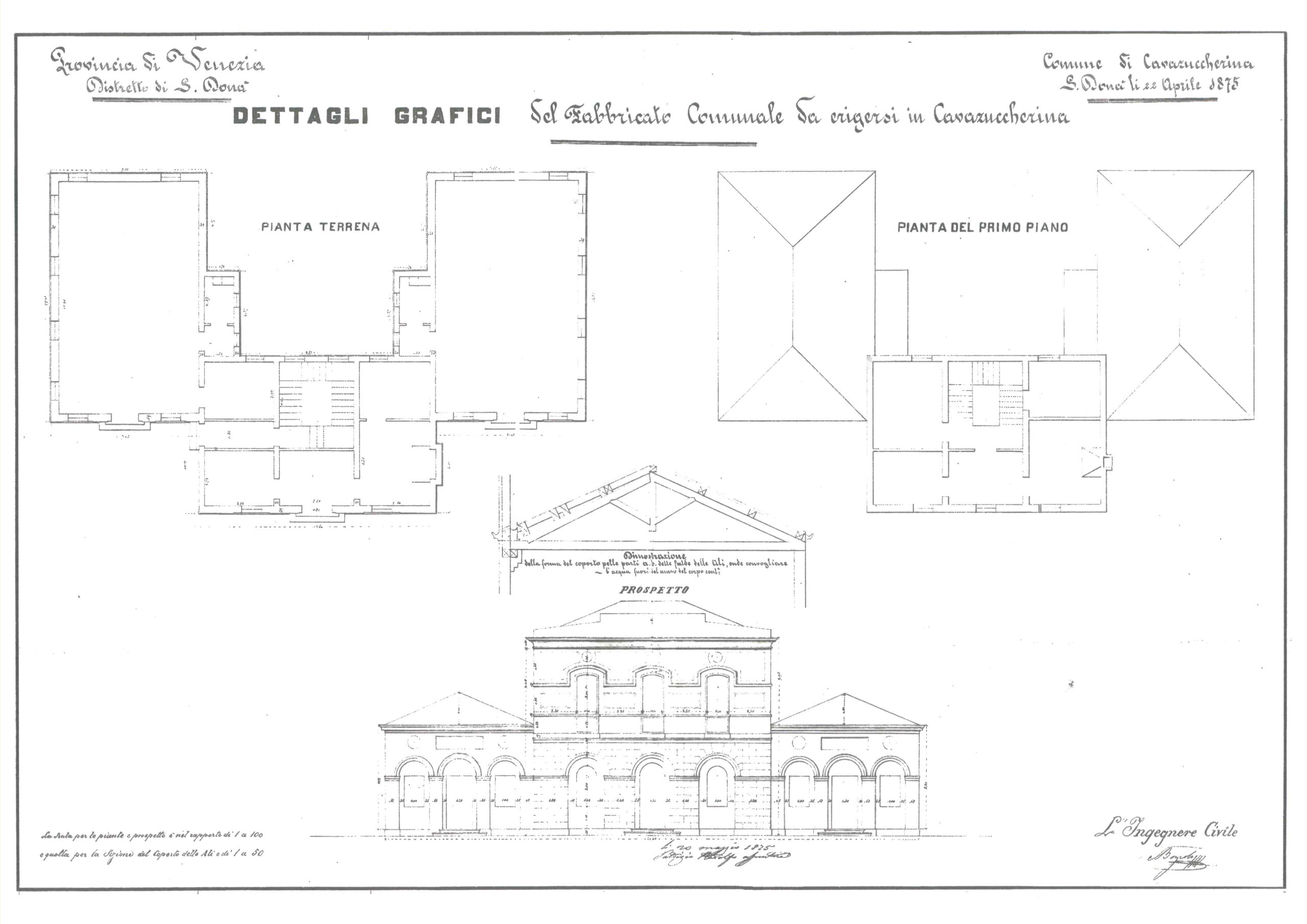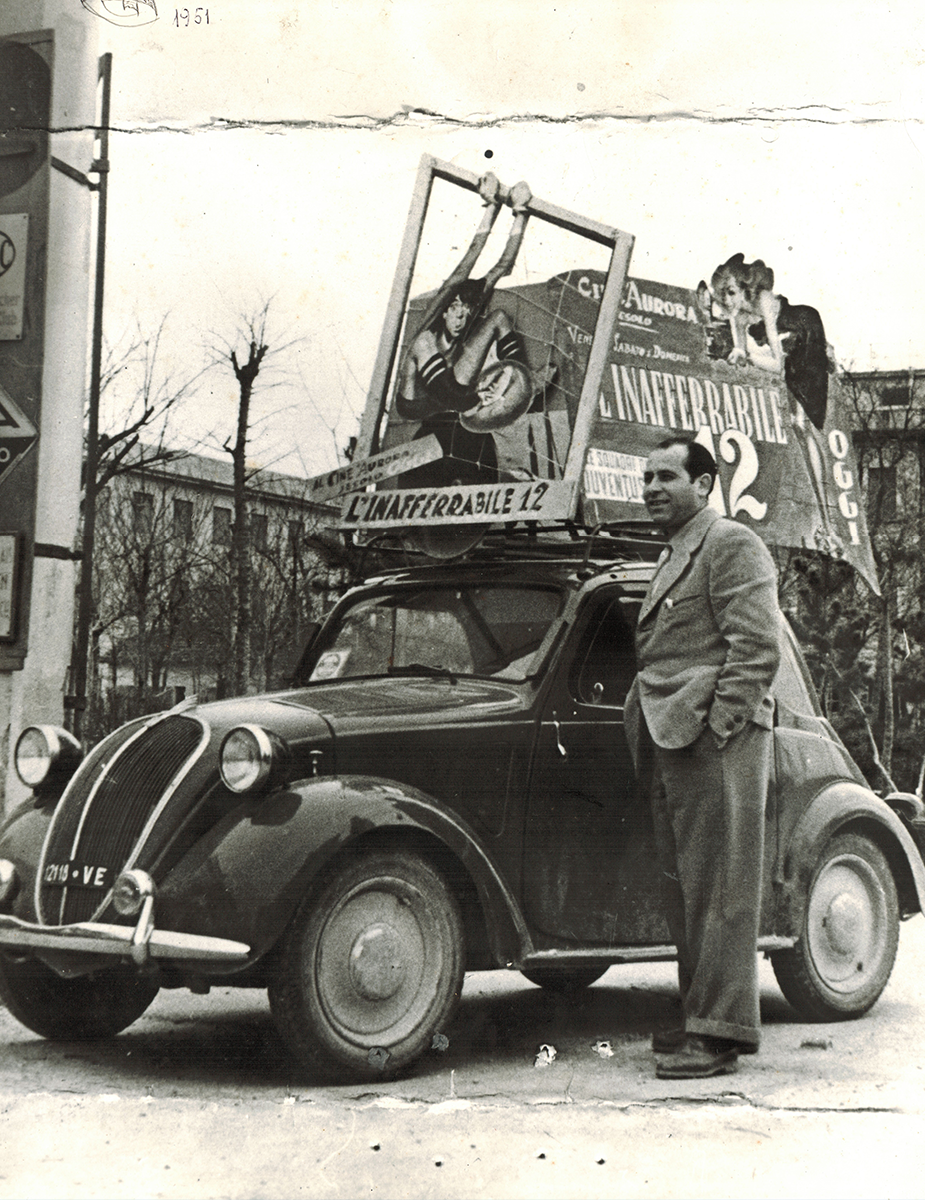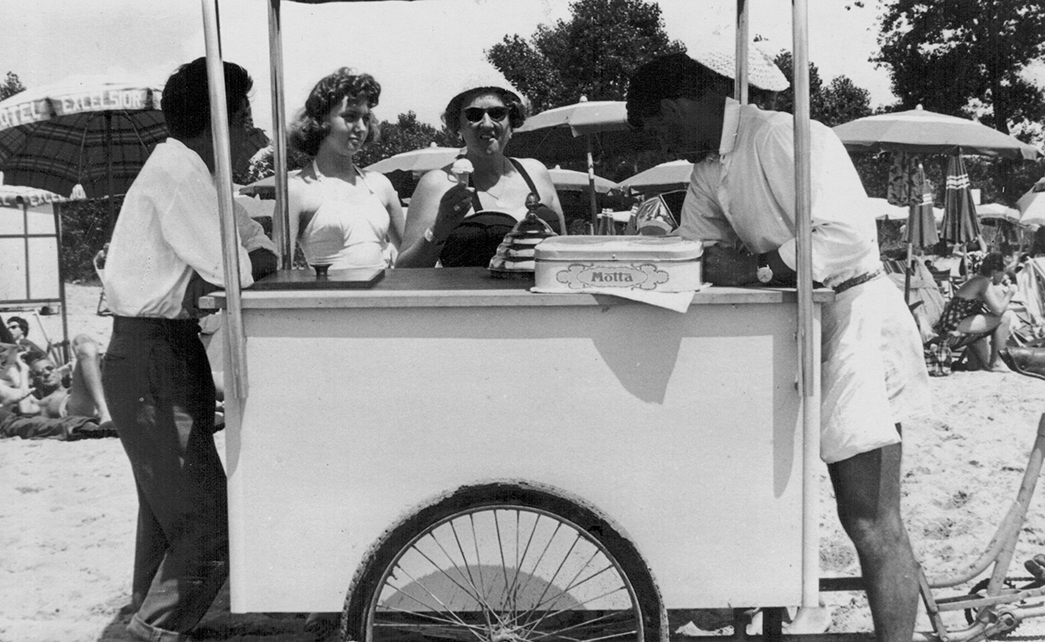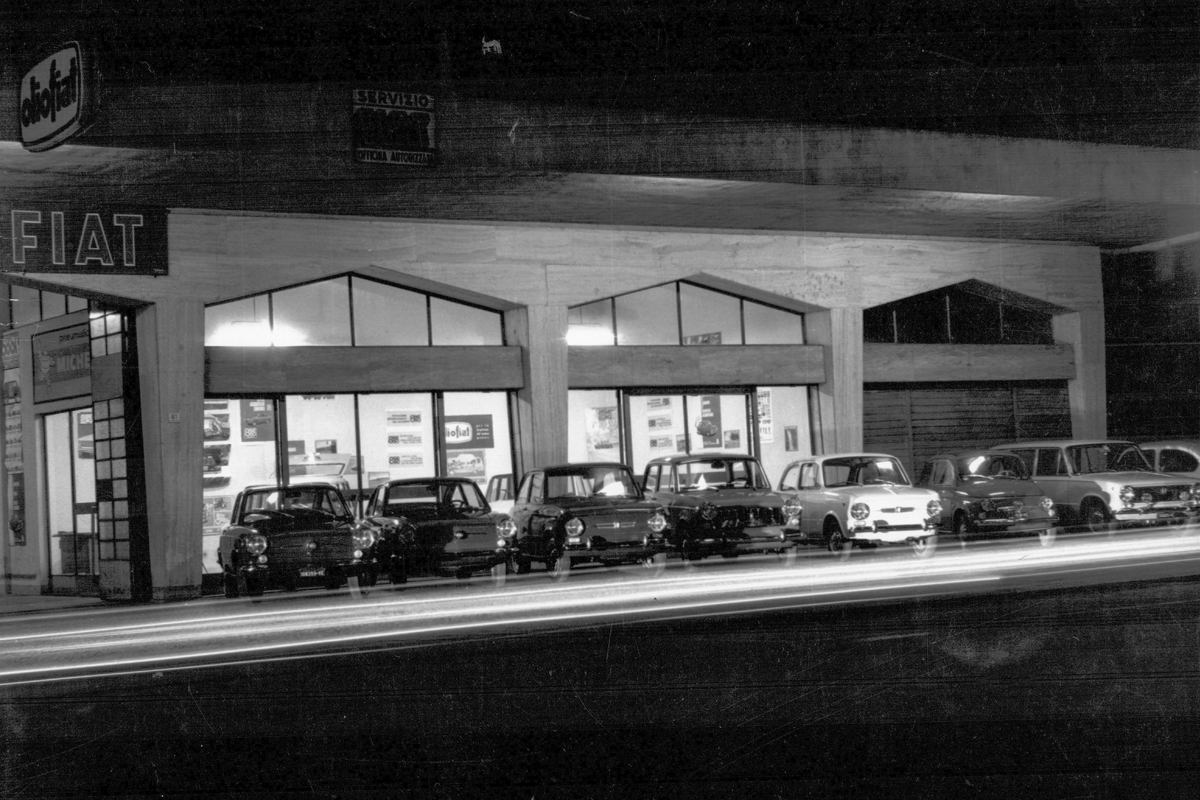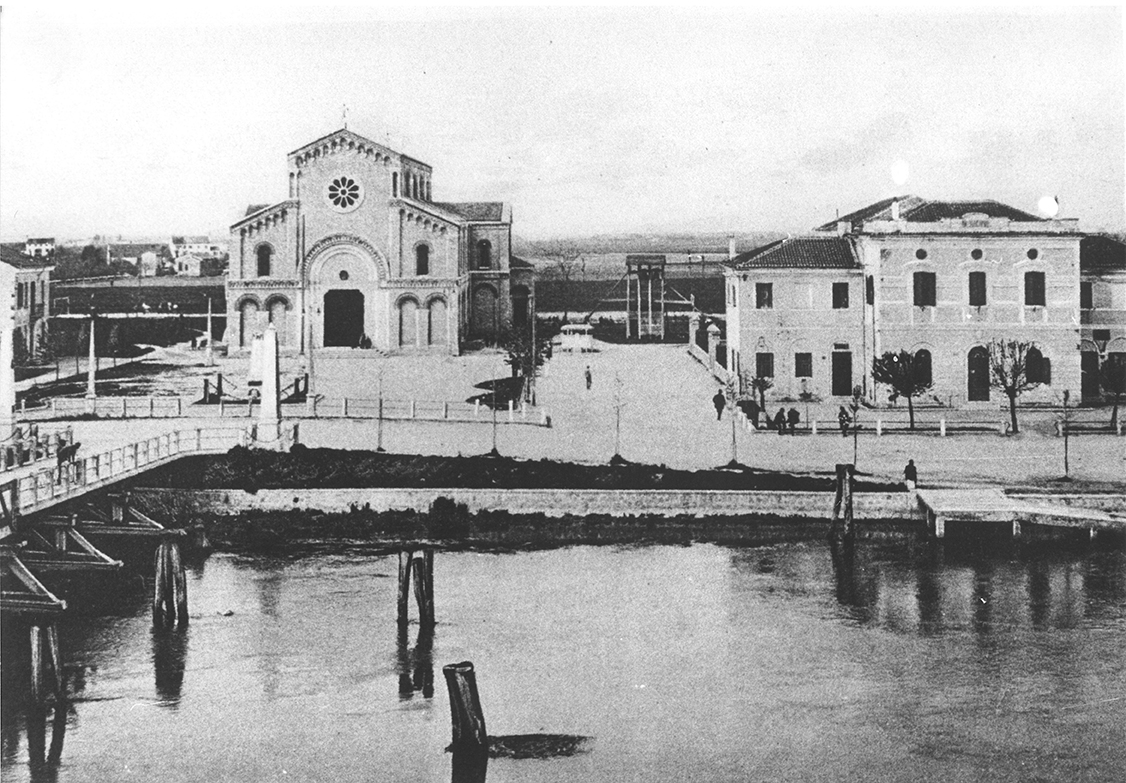
Jesolo Municipal Library
Keeper of the secrets of ancient Equilo
By Giovanni Cagnassi
More than the static temple of culture, it represents its engine in perpetual movement and growth. Jesolo’s municipal library, directed by Romina Franchin, has been a promoter of countless wide-ranging cultural initiatives since its inception.
The historic building of the current headquarters next to the parish church of St. John the Baptist dates back to the late 19th century and is a small great work of architecture that already makes it welcoming to the eye in its sober elegance of form; in 1985, the new library headquarters was moved here. The then councillor for culture of the Municipality of Jesolo, the late Dr. Raffaello Zannoner, was the one who gave the greatest impetus to its activities and made it an international center of reference for studies on Silvio Trentin, anticipating the jurist and partisan’s hometown, San Donà, and also participating in a conference on Trentin that took place in Paris.
Prior to this location in Jesolo Paese, the library was located on the upper floor of the Pascoli gymnasium in Piazza della Repubblica, where city council meetings were also held.
Even then, Jesolo’s many students frequented it assiduously and passionately, not only for study, but also for reading important and valuable works, as well as participating in the early cultural initiatives of a city in constant ferment.
Because Jesolo is not only sun and sea, hotels and nightlife, and its community has historically been very sensitive to culture in all its forms.
Today the civic library is also a key reference for studies of Jesolo’s evocative history, the site of the Ancient Walls, the origins of a civilization that in Roman times had established an ‘important post station in this area. The era of Equilus and then, with the fall of the Roman Empire, the Jesolo directly connected to the birth of Venice. These are all topics that can be explored with passion and curiosity in Jesolo’s municipal library, along with the certainty of finding a respectable library collection. In fact, the facility boasts about 30,000 books, 250 music CDs, 60cd roms, 25 audiocassettes and 230 videotapes, with an annual update of 1000-1500 units. It consists of two reading rooms, a children’s room, a multipurpose room, and 135 seats.
Many initiatives have been organized over the years. Among the most recent ones, the reading marathon in September comes immediately to mind, with Jesolo being among the municipalities with the largest participation, and then other initiatives such as “Born to Read,” which are always well attended and loved by citizens.
Book lending extends for 30 days, CD roms, VHS, audiocassettes and back issues periodicals provide free lending with no age limit, no residency limit, for 15 days and with the possibility of renewal.
Another former Jesolo alderman, Gianpaolo Rossi, portrays a fresco of it with precise contours and vivid colors: “Jesolo’s library is much more than a container of books or a place to read and study, because it was born right away as a place of ideas and cultural initiatives that have never stopped in its history so tied to the growth of the city.”



